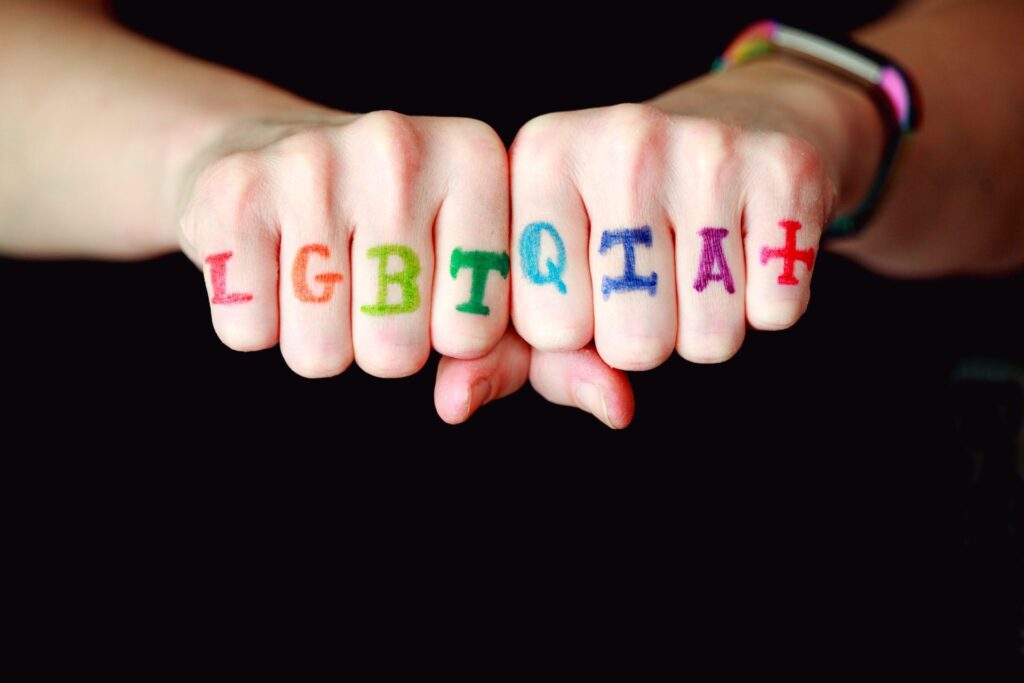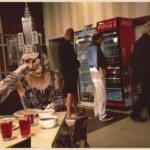LGBTQIA LABELS AND WHY THEY’RE SO IMPORTANT
In the early1980s, the movement for LGBTQIA+ rights had just started to gain traction and, instead of a range of LGBTQ labels, the term Gay was used to represent everyone in the community. Of course, Gay isn’t a sufficient way to define everyone, much like how the term ‘flower’ doesn’t represent all plants. By the late 1980s, Lesbians and Bisexuals had had enough of being left out when they finally gained inclusion, coining the new acronym LGB. Then it was the transgender community’s turn to demand acknowledgement in the shape of a ‘T’ in the 1990s. The Q was quick to follow. Now, we even have a PLUS, making for the glorious LGBTQ+ acronym.
So, why do we keep expanding LGBTQIA labels and is IT necessary?
Arguably, there’s nothing more dangerous than isolation. People by design are communal, and so many find it comforting to connect with others who share their experiences. Labels can give us the confidence that our identities are genuine and help us locate communities and resources that are particular to us.
There is a scene in Grey’s Anatomy in which Dr. Hahn and Dr. Torres has just had some intimate time, and Dr Hahn is describing what it feels for her to have just discovered that she’s attracted to women. “My whole life, my whole adult life, I have been with men. And it always felt, you know, fine, good, but… I never…This is like needing glasses. When I was a kid, I would get these headaches, and I went to the doctor, and they said that I needed glasses. I didn’t understand that, it didn’t make sense to me, because I could see fine. And then I get the glasses, and I put them on, and I’m in the car on the way home, and suddenly I yell.. because the big green blobs that I had been staring at my whole life, they weren’t big green blobs. They were leaves on trees. I could see the leaves. And I didn’t even know I was missing the leaves. I didn’t even know that leaves existed, and then… leaves! You are glasses”

Labels are glasses
You can think of the LGBTQIA+ community as a continent. A place with multiple countries, cultures, practices, languages and identities. In the same way that it’s harmful to view an entire continent as a homogeneous place, it’s harmful to view the LGBTQIA+ community as all the same.
There’s still a lot of groundwork and education to do around the various identities within the LGBTQIA+, but the most important step is to respect the label that a person asks to be identified as. Many LGBTQIA+ people can be very certain of who they are, but because our society is heteronormative and cisnormative, it can be challenging for them to use their specific labels. This is because, unless we explicitly state differently, society frequently assumes that we are heterosexual or cisgender.



